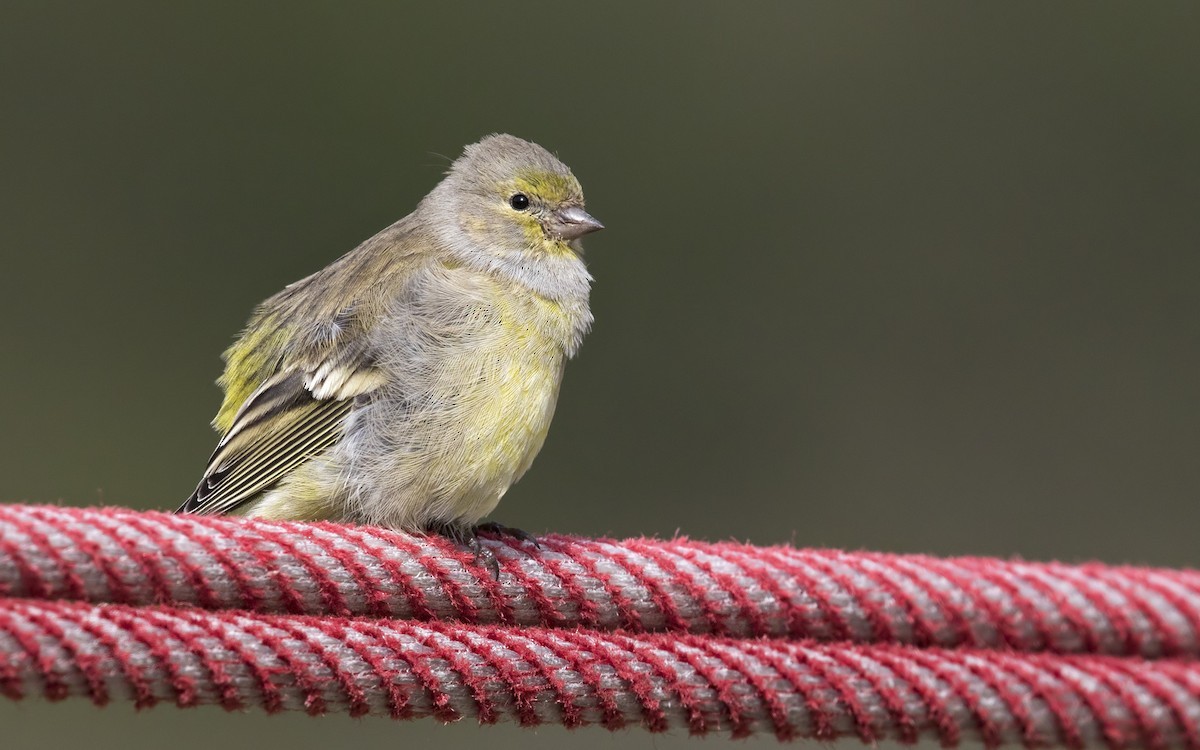Citril Finch
A species of Eurasian Goldfinches and Citril Finches Scientific name : Carduelis citrinella Genus : Eurasian Goldfinches and Citril Finches
Citril Finch, A species of Eurasian Goldfinches and Citril Finches
Botanical name: Carduelis citrinella
Genus: Eurasian Goldfinches and Citril Finches
Content
Description General Info
 Photo By Lars Petersson
Photo By Lars Petersson Description
The citril finch has an overall length of 12 cm (4.7 in) and weighs around 12.5 g (0.44 oz). It is greyish above, with a brown tinge to the back which also has black streaks. The underparts and the double wing bars are yellow. It shares with its relatives a bright face mask which in this species is also yellow. Sexes are similar, although young females may be duller below, and juvenile birds – unlike in the European Serinus species – are brown, lacking any yellow or green in the plumage. The song is a silvery twittering resembling that of the European goldfinch (C. carduelis) and that of the European serin (Serinus serinus). The main call is a tee-ee, quite similar to the Eurasian siskin (Spinus spinus). 
Size
12 cm
Nest Placement
Shrub
Feeding Habits
Citril Finch primarily consumes seeds, buds, and arthropods including those from a variety of trees and plants. It forages on the ground or in trees, often holding seedheads underfoot to extract seeds. Nestlings are fed seeds or invertebrate regurgitations. Notably, citril Finch forms large flocks outside of breeding season and shows less dexterity on pine cones than similar species.
Habitat
The citril Finch predominantly inhabits montane and submontane coniferous woodlands, particularly favoring environments where spruce, larch, and pine are present. They frequent the edges of these woodlands and clearings, as well as alpine meadows and areas around human settlements, such as gardens and the periphery of alpine towns, often seen perching on structures. During non-breeding seasons, citril Finch descends to sheltered valleys, still preferring wooded habitats, including those dominated by birch and alder trees.
Dite type
Granivorous
General Info
Feeding Habits
Bird food type

 Photo By Lars Petersson
Photo By Lars Petersson